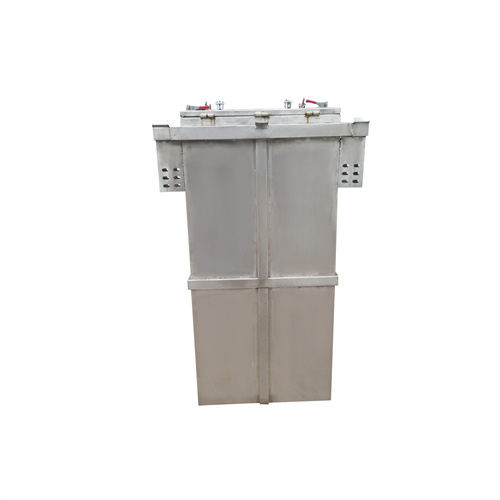Copper and aluminum energy storage
As the photovoltaic (PV) industry continues to evolve, advancements in Copper and aluminum energy storage have become critical to optimizing the utilization of renewable energy sources. From innovative battery technologies to intelligent energy management systems, these solutions are transforming the way we store and distribute solar-generated electricity.
Related Contents
- What are the copper energy storage batteries
- Copper foil energy storage application
- Energy storage battery copper busbar connection
- Aluminum battery energy storage principle
- Energy storage aluminum
- Aluminum alloy energy storage tank
- New energy storage aluminum sheet
- Aluminum ferrous sulfate energy storage cost
- Aluminum energy storage box wholesale in iraq
- Demand for aluminum profiles in energy storage
- Aluminum energy storage box manufacturers supply
